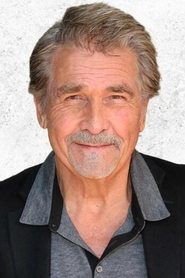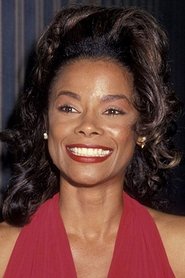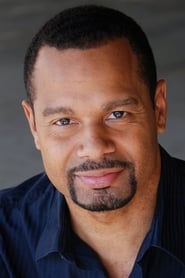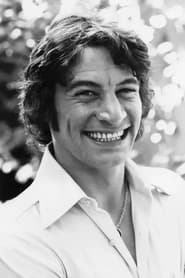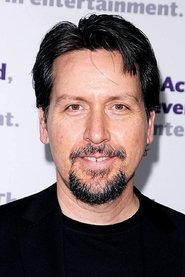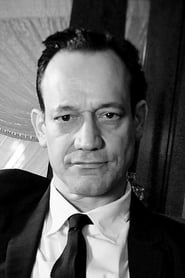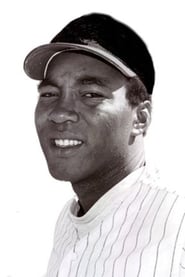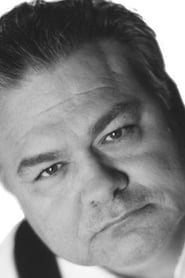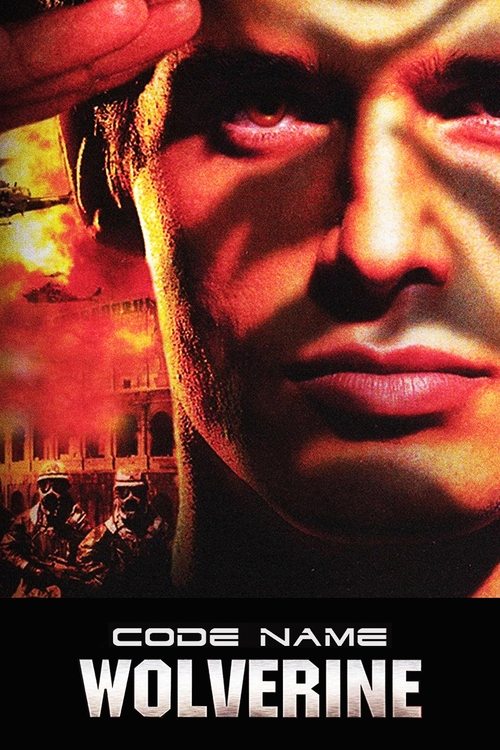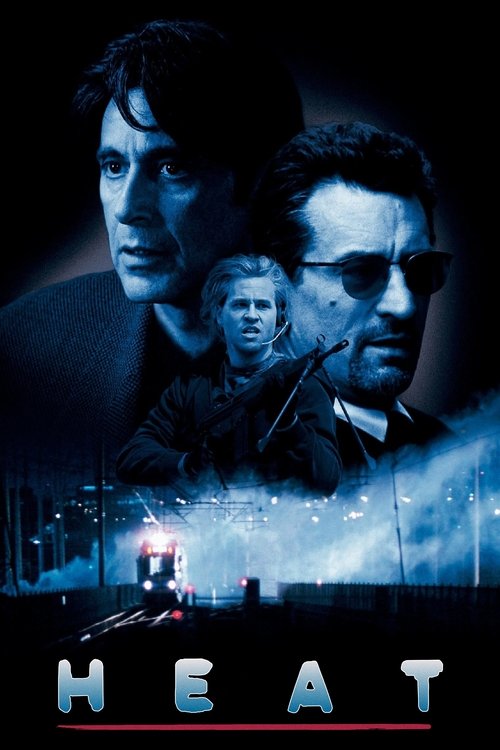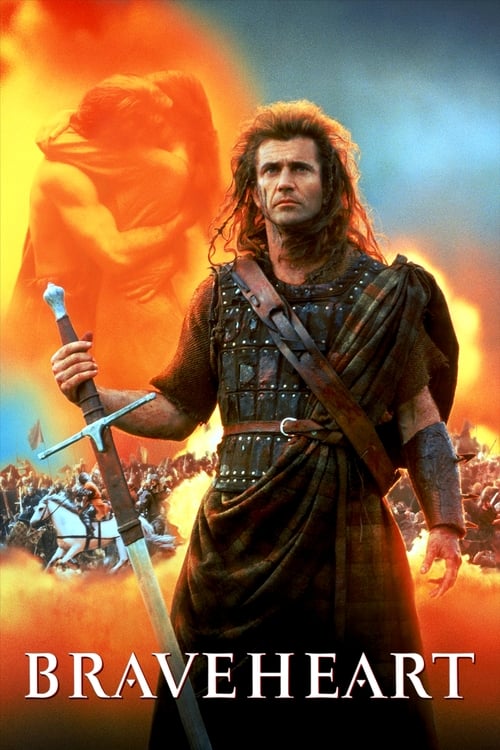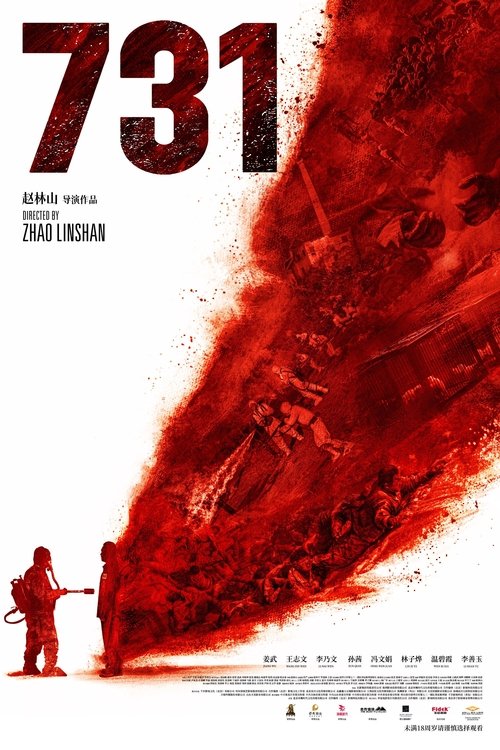
Ask Your Own Question
What is the plot?
The night is heavy and dark when John Lomax, a disciplined and stoic former Special Forces trainer turned police tactical defense instructor, returns to his suburban home. The silence shatters as he discovers a scene of brutal carnage--his younger sister, Jenny Lomax, lies savagely murdered. The shock and horror grip him instantly, the violence inflicted upon her igniting a fierce, burning rage within him. This moment marks the genesis of a relentless quest for vengeance that will consume John Lomax's every waking thought.
The murderer is Martin Kagan, a sadistic and deranged serial killer with a chilling history of violence. His arrest follows swiftly, with Lomax identifying him in a tense police lineup that stands out for its raw intensity and emotional weight. The lineup is a pivotal moment, a grim confirmation of Kagan's guilt that cements Lomax's resolve. Kagan, however, is no ordinary criminal; during his trial, he shocks the court by representing himself and revealing a disturbing secret--he suffers from multiple personality disorder. Kagan claims that it is not he who committed the murders but an alternate personality named Martin Murman. Despite this defense, the judge remains unmoved, sentencing Kagan to death by electrocution.
As the wheels of justice turn, a new figure emerges: Dr. Alice Barnes, the deputy warden and prison psychiatrist. She is a compassionate advocate for rehabilitation and mental health treatment, believing that even someone as monstrous as Kagan deserves a chance at reform. Her influence leads to a controversial decision to commute Kagan's death sentence to life in a mental facility, a move that infuriates Lomax. To him, this is a miscarriage of justice, a betrayal of his sister's memory and the pain her death has caused. Dr. Barnes's idealism clashes with Lomax's grim determination, embodying the film's central tension between mercy and vengeance.
Meanwhile, Kagan is transferred to a state mental hospital, a facility far less secure than the prison, where he mingles with other inmates and even gives talks, projecting a facade of calm and control. But beneath this veneer, Kagan is plotting. He is not content to languish behind bars; he orchestrates a prison break, exploiting underground tunnels and hidden passages beneath the prison. The escape plan is meticulous and ruthless, involving violent confrontations that leave several prison guards and inmates dead. The chaos of the breakout is a dark mirror to the violence that started it all.
Unbeknownst to Kagan, Lomax is already moving. Driven by a desire for personal justice, Lomax infiltrates the mental facility, blending his tactical expertise with a cold, unyielding focus. His mission is clear: to find Kagan and exact vengeance for Jenny's murder. As Lomax navigates the labyrinthine corridors of the mental hospital, the tension mounts. Every shadow could conceal a threat; every step brings him closer to a final, inevitable confrontation.
The climax unfolds in a brutal showdown between Lomax and Kagan within the mental facility. The fight is fierce and visceral, a clash of two men shaped by violence--one seeking redemption through revenge, the other consumed by madness and cruelty. Their battle is a raw, physical struggle, punctuated by moments of psychological torment and desperate fury. Lomax's combat skills and sheer willpower ultimately prevail, and he kills Kagan, delivering the justice he believes was denied by the legal system.
In the aftermath, Lomax emerges from the facility, bloodied but resolute. His mission is complete; the man who destroyed his family is dead. The film closes on Lomax walking away from the scene, a figure marked by loss but unbroken, having fulfilled his grim purpose. The final moments carry a somber weight, underscoring the cost of vengeance and the fragile line between justice and retribution.
Throughout the film, every death is a stark reminder of the cycle of violence: Jenny Lomax, murdered by Martin Kagan in a senseless act of brutality; multiple prison guards and inmates, casualties of Kagan's desperate escape; and finally, Martin Kagan himself, killed by Lomax in a violent reckoning. The story is a relentless exploration of grief, justice, and the lengths one man will go to confront evil, set against a backdrop of moral ambiguity and the harsh realities of the criminal justice system.
What is the ending?
In the ending of "The Expert," the protagonist, Nick, confronts the corrupt police officers who have been involved in a drug trafficking scheme. After a tense showdown, Nick manages to expose their crimes, leading to their arrest. The film concludes with Nick finding a sense of justice and closure, having avenged the wrongs done to him and his loved ones.
As the climax of "The Expert" unfolds, the tension escalates in a series of gripping scenes.
Scene 1: The Confrontation Nick, played by the determined and resilient character, prepares for the final confrontation. He has gathered evidence against the corrupt police officers, who have been manipulating the system for their gain. The atmosphere is thick with anticipation as Nick enters the dimly lit warehouse where the officers are meeting. The shadows cast by flickering lights create an ominous backdrop, heightening the stakes of the impending showdown.
Scene 2: The Showdown Inside the warehouse, Nick confronts the officers, his heart racing with a mix of fear and resolve. The officers, smug and overconfident, underestimate Nick's determination. As he reveals the evidence he has collected, the tension in the room thickens. The officers' expressions shift from arrogance to anger, realizing that their time is up. Nick stands firm, his voice steady as he demands justice for the wrongs they have committed.
Scene 3: The Fight A physical altercation erupts as the officers attempt to silence Nick. The fight is intense, showcasing Nick's skills and determination. He dodges punches and counters with precision, fueled by the memories of his past and the injustices he has faced. The camera captures the raw emotion on his face, a mix of anger and desperation, as he fights not just for himself but for those who have suffered at the hands of these corrupt individuals.
Scene 4: The Resolution As the dust settles, Nick manages to subdue the last of the officers. The sound of sirens fills the air as backup arrives, drawn by the commotion. The officers, now defeated, are handcuffed and led away, their expressions a mix of disbelief and rage. Nick watches as justice is finally served, a sense of relief washing over him. He has not only avenged the wrongs done to him but has also taken a stand against corruption.
Scene 5: The Aftermath In the final moments of the film, Nick stands outside the warehouse, the weight of his journey evident on his face. He reflects on the battles he has fought, both internal and external. The sun begins to rise, symbolizing a new beginning. Nick's fate is one of redemption; he has reclaimed his life and found closure. The film closes with a sense of hope, as Nick walks away from the chaos, ready to embrace a future free from the shadows of his past.
In summary, the ending of "The Expert" encapsulates themes of justice, resilience, and the fight against corruption, showcasing Nick's transformation from a victim to a victor. Each character's fate is intertwined with the resolution of the conflict, highlighting the consequences of their actions and the triumph of truth.
Is there a post-credit scene?
The movie "The Expert," produced in 1995, does not have a post-credit scene. The film concludes without any additional scenes or content after the credits roll. The story wraps up with the resolution of the main plot, focusing on the characters and their arcs, leaving no further narrative to explore in a post-credit sequence.
What motivates the main character, Nick, to become involved in the conflict with the mob?
Nick, played by the determined and skilled actor, is driven by a deep sense of justice and a personal vendetta against the mob. His past experiences, including the loss of a loved one due to mob violence, fuel his desire to take action and protect others from similar fates. This internal conflict is palpable as he grapples with the risks involved in confronting such a powerful enemy.
How does Nick's relationship with the police evolve throughout the film?
Initially, Nick's relationship with the police is strained, as they view him with suspicion due to his past. However, as the story progresses, he earns their trust by demonstrating his expertise and commitment to bringing down the mob. This evolution is marked by tense interactions that shift from hostility to collaboration, showcasing Nick's growth as a character and his ability to navigate the complexities of law enforcement.
What role does the character of Detective McCoy play in the story?
Detective McCoy serves as a crucial ally to Nick, representing the law's struggle against organized crime. His character is portrayed as a seasoned officer who is initially skeptical of Nick's methods but gradually comes to respect his knowledge and determination. McCoy's internal conflict between following the rules and achieving justice adds depth to the narrative, as he ultimately supports Nick's unconventional approach.
What are the key challenges Nick faces while trying to infiltrate the mob?
Nick encounters numerous challenges while attempting to infiltrate the mob, including the constant threat of exposure and violence. He must navigate a treacherous environment filled with distrust and danger, all while maintaining his cover. The tension escalates as he faces moral dilemmas, such as the temptation to resort to violence himself, which tests his resolve and commitment to his principles.
How does the film depict the consequences of Nick's actions on his personal life?
The film poignantly illustrates the repercussions of Nick's choices on his personal life, particularly his relationships with family and friends. As he becomes more embroiled in the conflict with the mob, he faces isolation and the strain of secrecy. The emotional toll is evident as he grapples with guilt and fear for the safety of his loved ones, highlighting the personal sacrifices he makes in pursuit of justice.
Is this family friendly?
"The Expert," produced in 1995, is an action film that contains several elements that may not be suitable for children or sensitive viewers. Here are some potentially objectionable or upsetting aspects:
-
Violence: The film features various scenes of gunfights and physical confrontations, which may be intense and graphic for younger audiences.
-
Language: There are instances of strong language throughout the film, which may not be appropriate for children.
-
Themes of Crime and Corruption: The plot revolves around criminal activities, including drug trafficking and police corruption, which may be disturbing for some viewers.
-
Emotional Tension: Characters experience significant emotional distress, including fear and betrayal, which could be unsettling for sensitive viewers.
-
Death and Injury: The film includes scenes depicting injury and death, which may be distressing.
Overall, while "The Expert" is an action film aimed at an adult audience, its content may not be suitable for children or those who are sensitive to violence and strong language.




